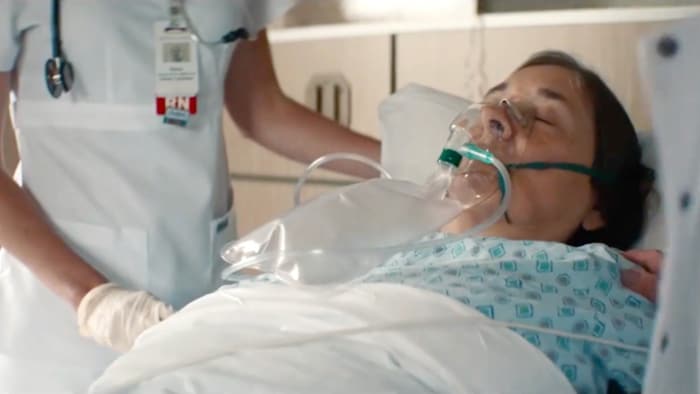sep 30, 2022 by Philips
Reading time: 4-5 minutes
Enhancing patient outcomes, hospital flow and resource utilization through timely care transitions in the ICU

Up to 25% of transitions from hospital ICUs are delayed1, 2, and studies have shown that the lack of or late availability of general ward beds (when patients are actually physically stable enough for a transition) causes the majority of discharge delays3, 4. Between 15-25% of ICU patient days are associated with waste5. This waste includes the opportunity cost of not being able to admit a new patient, the loss of income from surgery that was delayed due to a lack of beds, the cost of over-diagnosis and over-treatment and the cost of treating extended-stay related complications.

Delays in care transitions from the ICU are not only an economic problem; they may also put patients at risk,6,7 including risks of medical error, over-treatment and ICU related complications, such as healthcare-associated infections (HAI)8 and delirium.9
Measuring the scope of the problem
Solving the problem of inefficient ICU care transitions begins with understanding its scope in your institution. To create a baseline against which to assess improvements, my research suggests establishing metrics in three areas: patient flow, resource utilization and patient outcome. These performance metrics acknowledge that ICU care transitions are highly interwoven with transitions in other departments. For example, if there are delays in discharging patients from the general ward, there may not be beds available for patients ready to leave the ICU. If the ICU is full, surgeries may have to be delayed until an ICU bed is available, and patients presenting to the ED may face ICU admission delay and further physiologic deterioration10. In order to implement any change, all involved stakeholders need to understand the baseline situation and current effects on their performance related to suboptimal care transitions. Therefore, parameters to measure improvement need to be meaningful to the stakeholders of the different departments that would contribute to enhancing patient transitions.

The need for standardized discharge evaluations and criteria
One major contributor to care transition delays is a lack of a standardized discharge readiness evaluation of the patient as well as of the receiving unit. In the absence of objective and clearly defined discharge criteria, transition decisions may be based on a variety of factors: the risk comfort-level of staff, the financial incentive of either keeping patients in higher acuity settings or releasing early, capacity strain and the need to free a bed or the lack of a bed in a lower acuity unit, concern over litigation and even patient preference and available palliative care pathways. A holistic discharge readiness evaluation should be multi faceted and consider patient, process, provider, organizational and social factors.

Progress toward a standardized discharge readiness assessment
Based on these factors, our research group aimed to develop a standardized and objective ICU discharge criteria list for adult patients to be used in any type of ICU. Using a modified Delphi process over five rounds of consensus voting yielded 28 criteria. These reflect on the patient’s organ systems, pain, fluid loss and drainages, medication and nutrition, patient diagnosis, prognosis and preferences, and institution-specific criteria11. We are testing these criteria now in clinical practice, to assess utility and the impact of its use on patient flow, outcome and resource utilization improvement. Our goal is to support acute care transitions by helping Intensive Care teams apply a standardized and objective assessment that identifies which patients can be safely discharged to the next lower level of care and which require further stabilization.
[Internet]. Stockholm: ECDC; 2016 [cited 2022 September 01].
Access the paper detailing the Delphi study on objective ICU discharge criteria here.
Parameters to measure improvement need to be meaningful to the stakeholders of the different departments that would contribute to enhancing patient transitions.
Explore our acute patient management products and capabilities
Share this article
Sign up to receive news and updates from Philips.
Explore more
-
![The importance of surveillance-level data monitoring in hospitals]()
The importance of surveillance-level data monitoring in hospitals
Read the story -
![Saratoga Hospital reduces patient transfers from orthopedic unit to the ICU by 63%]()
Saratoga Hospital reduces patient transfers from orthopedic unit to the ICU by 63%
Read the story


